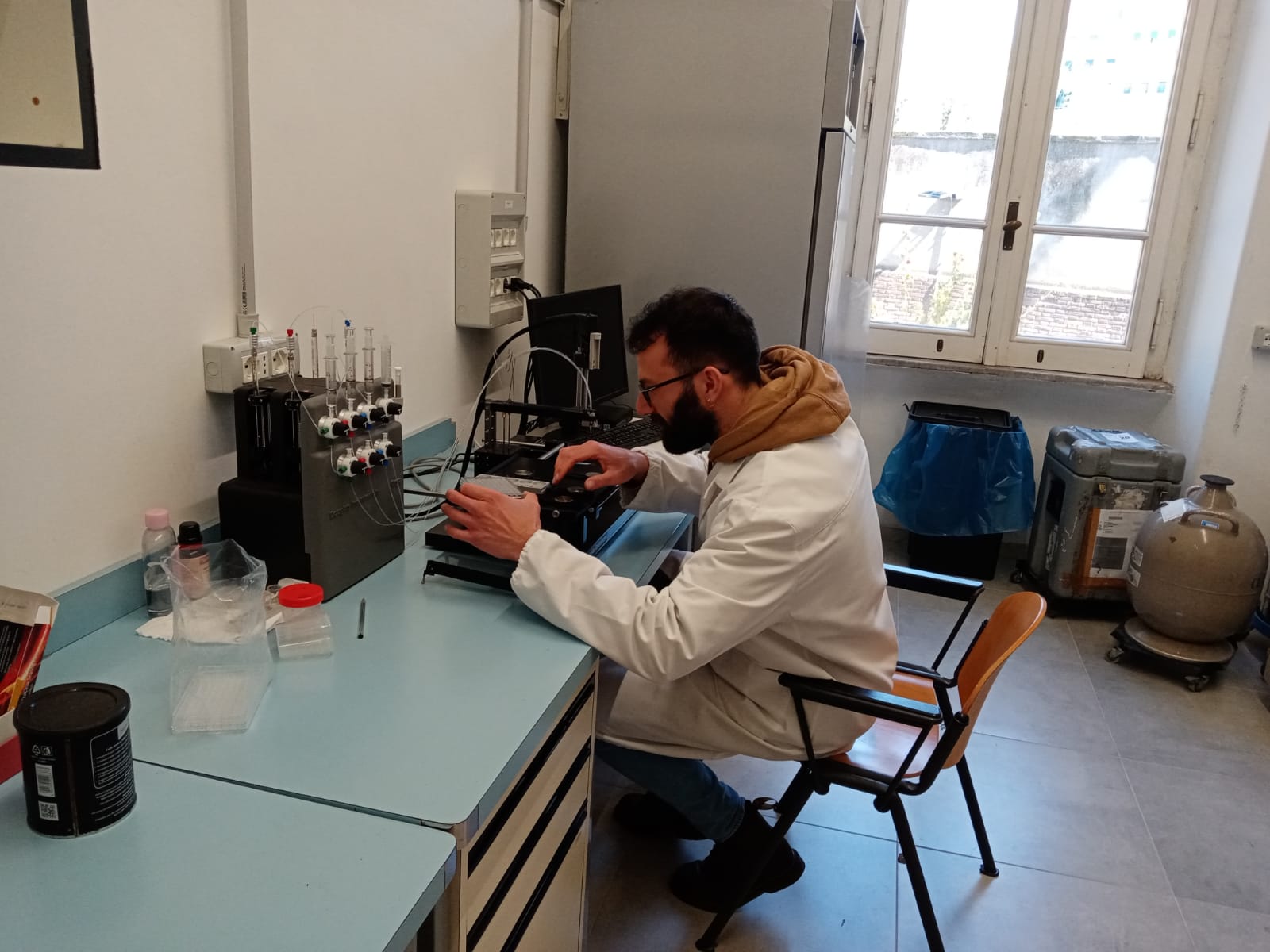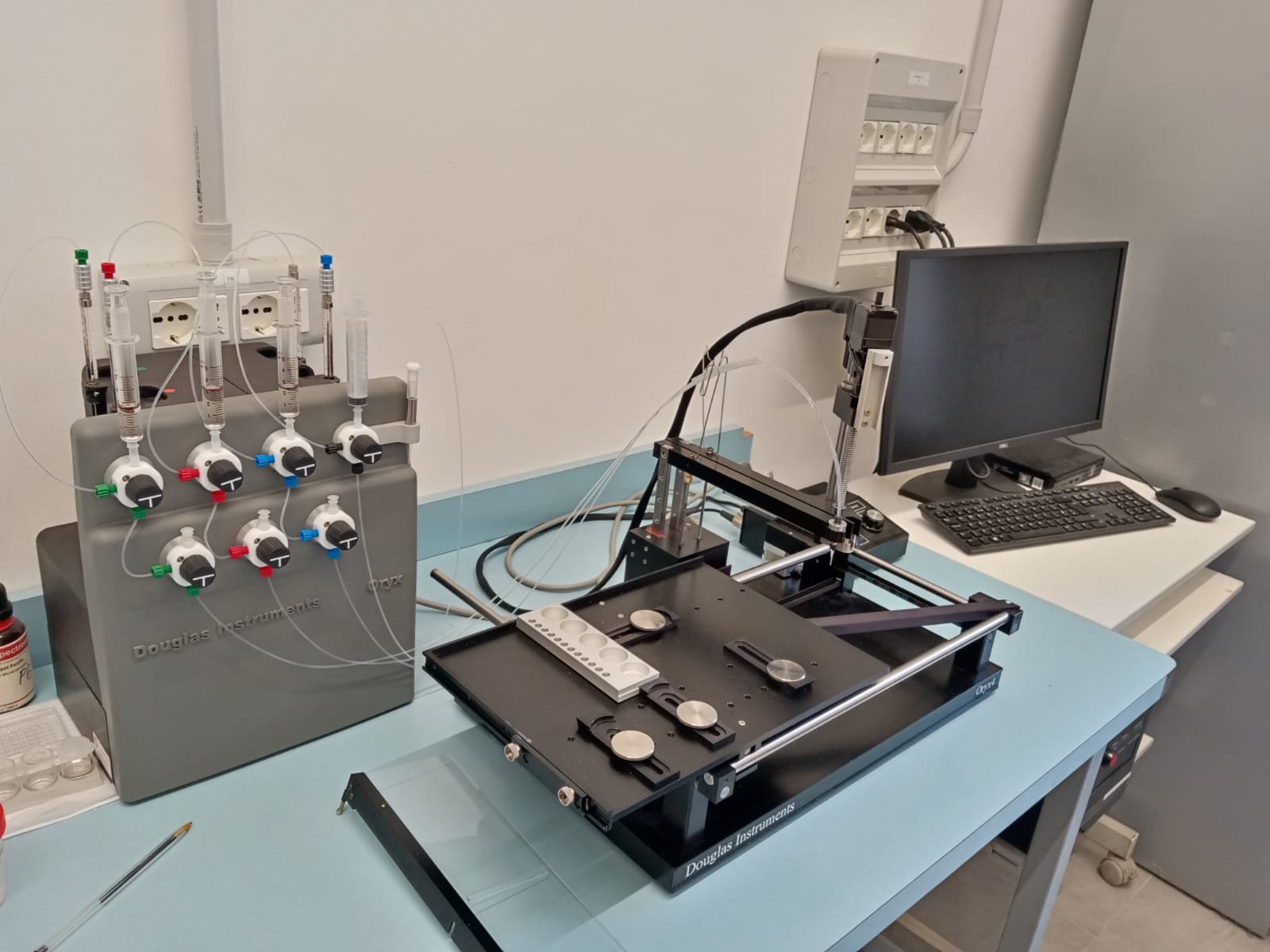Description

A large number of proteins now emerge as important targets in the drug discovery process with the advent of the Structural Genomics and Structural Proteomics era. For this reason, the knowledge of the 3-D structure of proteins has a great potential to accelerate the rational design of novel and improved drug candidates. X-ray crystallography is the most widely used technique for protein structure determination and has come to play an increasingly critical role in the drug discovery process during the past few years. Traditionally, technical challenges and time constraints have limited its use primarily to lead optimization. Recently, the massive improvement in the speed of X-ray crystallography has created the possibility of a new field: High-Throughput Crystallography (HTC) allowing to efficiently screen larger numbers of small molecules for their ability to bind to proteins, thus making the search for innovative drug candidates and chemical probes quicker and easier. The High-throughput crystallization platform at IBPM-CNR (Biocrystal Facility) offer the possibility to perform High-Throughput screening using an Oryx 4 Crystallization Robot and supports the users throughout the crystal optimization process. Researchers of the Facility can provide support to users for the whole process of structure determination (choice of the construct, protein production, crystallization, data collection and analysis).
Instruments

The Biocrystal Facility activities focus on high- throughput crystallization screening using an Oryx 4 (Figure 1). All Oryx systems use multi-bore dispensing tips (microtips), which have several independent channels to dispense small volumes (from 100+100 nl to 8+8 µl). The screening can be performed using sitting drop, hanging drop and microbatch-under-oil experiments techniques. Screening for sitting drop is carried out using plates that are prefilled with reservoir solutions. Reservoirs can be filled manually with a 12-channel pipette, or using the Liquid handler.
This crystallization robot is ideal to perform hundreds crystallization trials in few minutes. The program controlling the crystallization robot is “user friendly” and allows users to define simple 2D screening using three or four ingredients. The user specifies the minimum and maximum concentrations to be dispensed to the corners of a rectangular grid. The software interpolates linearly between those conditions. (The user interface does not show the concentrations in intermediate wells, but the volumes dispensed to each well are shown in a report file.)
The Robot is equipped with a lipidic cubic phase module to crystallize membrane proteins. Although they account for one-fourth of the human genome, less than 300 independent structures for membrane proteins have been solved. In comparison, there are more than 60,000 solved structures of soluble proteins in the Protein Data Bank. The relatively slow pace of structure determination for membrane proteins is primarily due to the difficulties encountered in forming crystals. The amphiphilic nature of membrane proteins introduces challenges associated with isolating and stabilizing these proteins in the absence of their in vivo membrane environments. Lipidic Cubic Phase (LCP) has emerged as a method that help to solve this problem increasing the percentage of success in crystallizing membrane proteins.
The Biocrystal Facility avails itself of a Leica stereoscope Z12 cold light equipped with digital camera and sliding platform, for the non-automated control of the crystallization trials.
Crystals optimization by hanging drop or sitting drop techniques will be performed by the users under the supervision of the qualified personnel of the biocrystal facility. The data collection can be performed at the synchrotron radiation light sources by users under the supervision of the biocrystal facility qualified personnel.
The facility support the users for beamtime application at the European synchrotron radiation facilities of ELETTRA (Trieste, Italy), ESRF (Grenoble, France), DIAMOND (Didcot, England) for the acquisition of crystal diffraction data sets.
